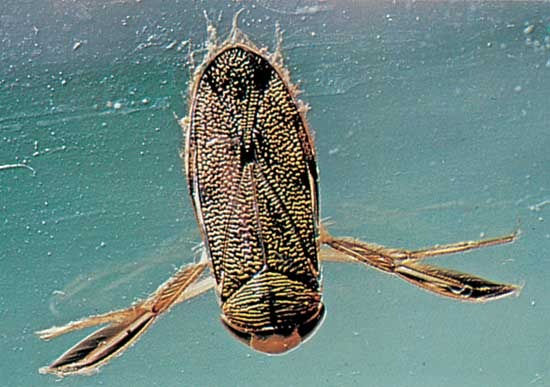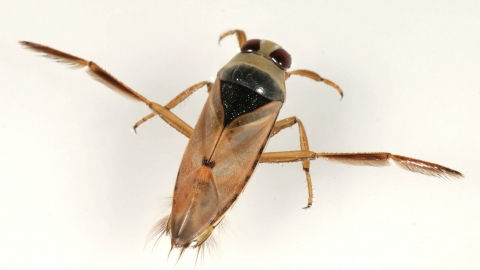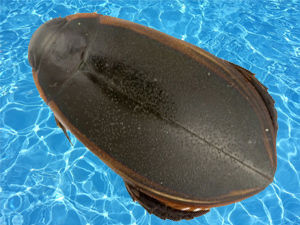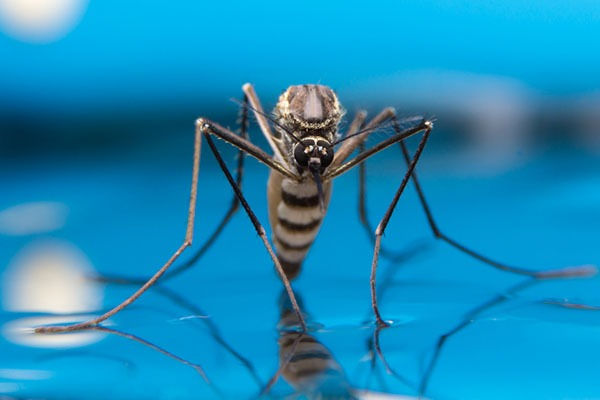Swimming Pool Bugs
- Rockingham Pool & Spa Solutions
- Feb 11, 2021
- 5 min read
Updated: Feb 16, 2021
There's nothing quite as good as jumping into your pool on a hot summer's day... until you realize there are unwelcome guests joining you for a swim..
There are a number of bugs that like to enjoy your pool;
Water Boatman
Backswimmer
Water Beetles
Springtails
Spiders
Mosquitoes
Midges
So let’s talk a little about some of the main swimming pool bugs...

Water Boatmen are a true bug in the sense they have wings, which means they fly between pools when looking for a new home and are common visitors to home swimming pools during the summer months as they will happily live in treated water but you should bear in mind that if you have them it is an indication that not all is quite well with your pool chemistry.
Water Boatmen move about in the water by beating their large paddle-like foreleg, they are small, around 12mm fully developed and brown-ish in colour, swim with their backs facing up and are actually quite good at cleaning up the detritus in your pool. Water Boatmen are omnivorous, meaning they’ll happily eat algae, vegetation and other aquatic species such as mosquito larva, aquatic invertebrates or even small tadpoles.
Unfortunately, while generally harmless and unlikely to bite a human, as said earlier they are an indicator of a pool that is in need of some cleaning and water treatment, as the Water Boatmen wouldn’t be there unless there was a food source.

Backswimmers are a species of aquatic insect that get their common name from the way they swim ‘on their backs’. Backswimmers can also fly and are attracted to light, so you may find them attracted to LED lights in your swimming pool overnight.
Backswimmers are generally around 16-20mm in size and can be identified by the way they swim ‘on their backs’. Their legs face upwards as they scull through the water with their large forelegs. Backswimmers like to feed on bugs that eat plant matter ‘namely algae’ in your pool like the water boatman, mosquito larvae, tadpoles etc.
However, you need to be aware these bugs bite and there’s a reason to avoid this bug as the bite feels a lot like a bee sting. Not exactly something you want when you or your family are trying to take a relaxing dip.
Backswimmers are an indicator that the pool is in need of some cleaning and water treatments. Good news is by keeping your pool clean with a balanced pH and alkalinity is a sure way to keep them out of your pool.

Water Beetles are similar to ‘boatmen’, they prefer habitats of slow-moving or stagnant water and also fly about at night looking for the reflection of water to establish a new habitat. A main cause of these beetles breeding in large numbers is unusual wet weather conditions, leading to these insects being able to breed and easily move from one habitat to another, using the excess water as “stepping stones”.
Although they are not dangerous, they do have small pincers and can bite. Currently, there is no complete and effective way to prevent these bugs from getting into the pool, but there are steps that can be taken to try to limit their numbers as well as treatment once they are in the pool water. This will remove the insects from your water but until they stop breeding and spreading, this will only be a treatment to remove them after arrival. Prevention is always better than cure.

Springtails can be recognized by their small size of only about 1.6mm and their ability to use their spring-like tails to leap into the air. People have been known to confuse them with fleas, although these insects have no interest in you or your pets, they only want to live in moist areas and eat decaying plant matter.
Springtails usually end up in pools if they’re looking for moisture and accidentally fall in. We’re only including them here in the list of “water bugs” because pool owners typically aren’t dealing with one or two of them every once in a while, but entire populations falling into the water and coating the surface. Which is YUCK and a nuisance.
Springtails do not bite, won’t really cause harm, at least not to you or your pool.

Mosquitoes and Midges like to use your pool to breed if they get a chance, so let’s stop them in their tracks or not give them a chance.
Removing Swimming Pool Bugs.. Best solution is to bring in a sample of your pool water to have it professionally tested at Rockingham Pool and Spa Solutions and be sure to let them know you have a swimming pool bug issue, they will then guide you on the best way to deal with your overall situation.
Just follow the instructions given, which will kill the bugs, sort out your chemical imbalance and clean the pool as instructed. And presto your back to a bug free, crystal clear pool in no time.
Note: It is always best to check with the Rockingham Pool and Spa Solutions team of professional Pool Technicians first, to ensure you are using the right product and amounts for your pool.
Also to help in preventing the swimming pool bugs from coming back we suggest having your pool water tested professionally every 2 weeks.
FYI: Effectively the treatment to eradicate these bugs from your pool, is to use quat-based chemicals that break the surface tension of the water, while preventing algae growth from the dead insects. This will stop insects from holding onto air while swimming. Hence, the insects will drown and drop to the bottom where the pool vacuum can remove them.
Preventing Bugs
Outdoor lights, insects are attracted to light, so turning them off when not in use, where possible should be at least 9 meters away from your swimming pool and you should use the lowest wattage possible that still provides enough light.
Pool covers, some bugs fly at night and look for the reflection of water. If you use a pool cover at night, this will greatly reduce the reflection of the pool surface, resulting in far fewer bugs in the pool.
Plants or trees that overhang the pool, do what you can to trim them back or relocate them. It may look more lush and natural to surround your pool with plant life, but you’re basically asking for bugs to join you for a swim.
There are a couple of things you can do;
Twice a week use a chemical that kills any organic material in the water
Kill any algae in the water
Regularly brush and vacuum the pool
Regular skimming and cleaning of the skimmer basket
Regularly check to see, that there is adequate flow through the filter
All these steps above will make a big difference in keeping your water clean and safe.
No algae, equals no food and no food equals no bugs!

Comments